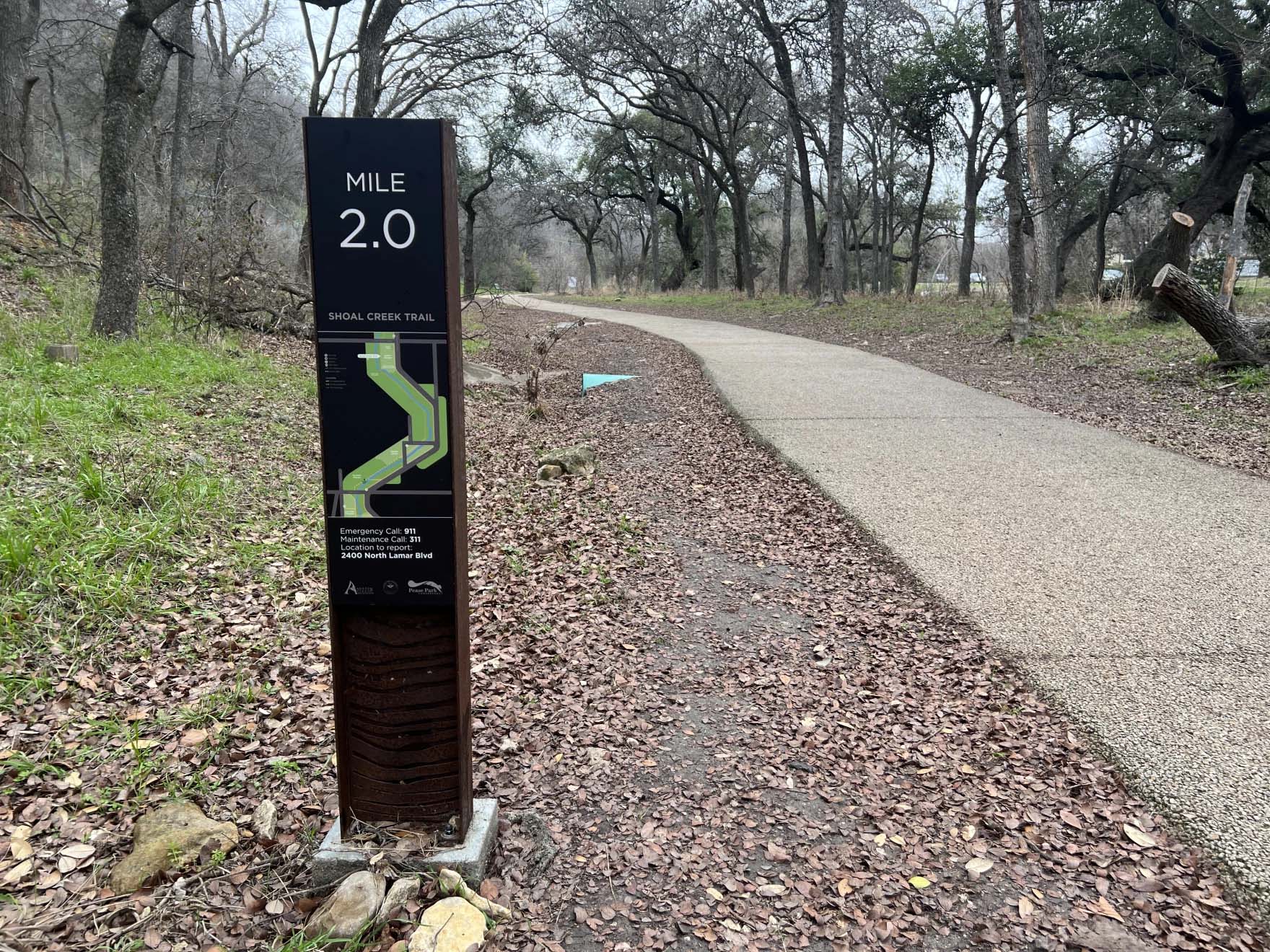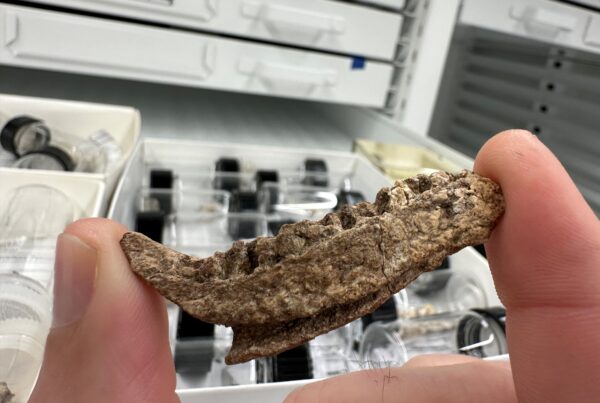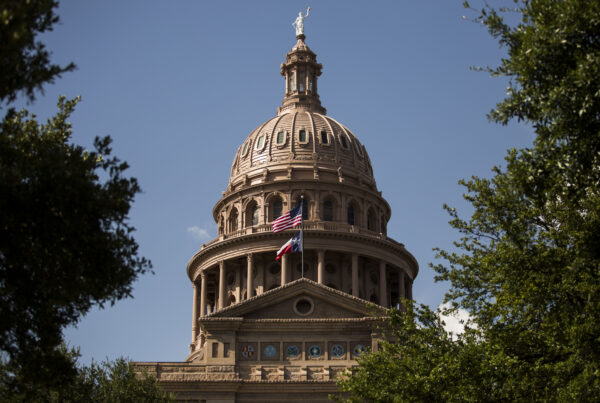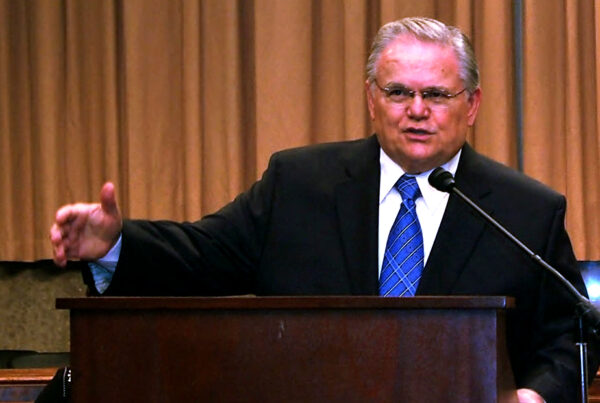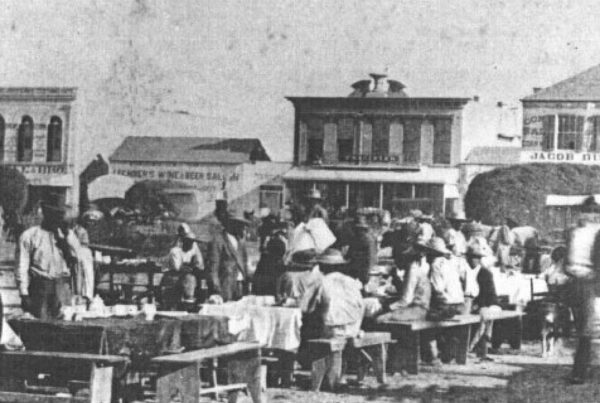From KUT:
Creating and improving parks in Austin will be significantly harder, thanks to a new state law that takes effect Jan. 1.
The law, House Bill 1526, will force the city to change its parkland dedication rules and the fees it charges developers. The new bill impacts cities with populations over 800,000 and specifically spells out how much land and fees are allowed to be imposed. On Thursday, the Austin City Council took its first steps in changing the existing structure to comply with the new state law.
Parkland dedication rules are intended to help ensure residents have equitable access to parks and green spaces as cities grow. The city’s rules aim to make these spaces within a 5-10 minute walk from new developments. Changing the rules will mean Austin will lose millions of dollars to maintain and expand parkland.
The new law is “absolutely devastating for our parks,” Council Member Alison Alter said.
“It’s not so much the fees,” she said. “It’s the way that it cuts off our needs and our ability to require land dedication. … It creates all kinds of uncertainties and problems moving forward. … And it’s just sad for our community that values our parks.”
This isn’t the first time state lawmakers have tried to hinder local control. House Bill 2127, often called the “Death Star” bill by its opponents, aimed to undo several other local rules and policies, such as requiring water breaks for construction workers. A Travis County judge ruled the law was unconstitutional in August, just days before it was set to take effect. The attorney general’s office immediately appealed.
City Council must walk back recent progressive changes
When developers come into Austin, the city requires a certain amount of parkland to be dedicated in the area or the developers must pay a fee that allows the city to acquire and develop parks. Last year, the city updated those rules to include commercial developers, but will now have to walk back those efforts in a multistep process.
Robynne Heymans, who works with the parkland dedication program, said the new law will severely restrict how much money and land can be acquired.
She said the city began requiring developers to contribute to this effort downtown. The city used those fees to help close gaps in greenbelts and improve existing parks. The rules also resulted in new pocket parks, including the Saltillo Plaza Pocket Park. But the law prohibits cities from imposing these rules on commercial development, making it virtually impossible to require parkland downtown.
“You know you may not think we need much parkland there, but we acquire land along Shoal Creek and Waller Creek to make sure those greenbelts are connected,” Heymans said. “We probably won’t be able to do that anymore.”
She said the city generates between $14 million and $26 million a year in parkland dedication fees that help acquire and develop parkland. Heymans said these fees help the city open new parks — as many as 30 a year — ensuring equitable access as the city grows.
She said the city will now have to turn to other options, such as bonds like the one Travis County voters passed this week, which affect property taxes.
“It’ll be kind of placing that burden back on existing residents rather than holding developers accountable for the new growth they are bringing in,” Heymans said.
Parkland advocates call new rules a loss for residents
The changes apply only to multifamily and hotel-motel developments, and geographic location will matter.
Under the new law, cities are required to designate different areas in the city that determine the amount of land and fees that will be required. City Council took this step on Thursday as it adopted boundaries to designate a central business district downtown and urban and suburban cores, which is in line with Imagine Austin, the city’s comprehensive plan for the future.
The city’s current rules require a developer to give 9.4 acres of parkland per 1,000 residents. Under the new rules, developers will have to give only between .075 and 3 acres of land per 1,000 residents, depending on where it is.
Heymans said the city does not know exactly how much it will lose in fees, but expects it to be 40% to 70% of what is charged today.
“The best thing we can do now is be more aggressive about park acquisition with the money that we are provided,” she said.
Ultimately, Heymans said this is an unfortunate loss for residents and developers.
“A lot of times it’s really beneficial to the development. We see higher retention rates for the developer when they build a park on-site,” she said. “Everybody wants to live by a park.”


